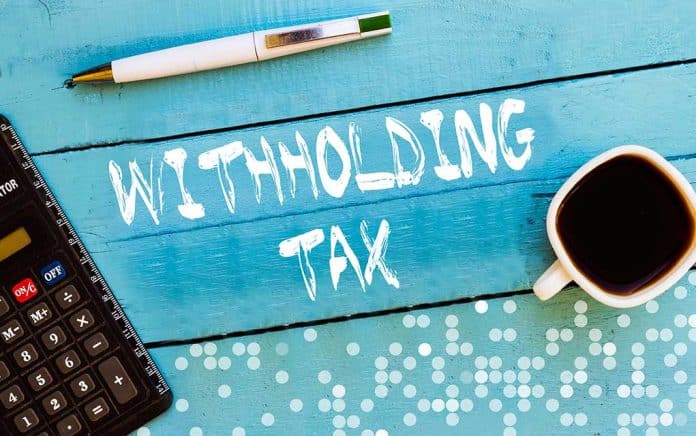
(FinancialHealth.net) – Whether you’re waiting on a refund, breaking even or scraping together funds to cover owed taxes, preparing for next tax season may be on your mind. The money employers take out of checks each pay period is simply a best guess at what an employee is responsible to pay the state and federal governments. Unfortunately, that guess isn’t always on point.
This year’s return might contain clues it’s time to make a change, do you know what to watch for?
1. Owing a Tax Payment
When filing a tax return, finding out that the amount held from paychecks was accurate is the ultimate goal. However, it isn’t uncommon for many people to owe money after filing. In fact, 21% of Americans make this mistake.
What kind of changes should be made to avoid owing next year? It depends on how the original W-4 was filled out. For taxpayers who claimed allowances to account for dependents, filling out a new W-4 with a lower number can help.
A larger tax payment might indicate it’s necessary to drop those allowances significantly while a small tax payment should only require reducing them by one.
For those already claiming zero allowances because they’re single, choose an additional dollar amount to withhold from paychecks to avoid a tax payment next year.
2. Getting a Big Refund
Even though many taxpayers love getting a big refund, this isn’t actually the desired outcome of tax season. The goal is to actually break even. Think about it this way — if withholdings are accurate, your paycheck is as big as possible. While this means not getting a refund, it will result in more money each pay period to cover the expenses of day-to-day life.
In the case of a large tax refund, it’s time to fill out a new W-4 with higher allowances. Taxpayers should double check all dependents are claimed properly, especially if their family has grown but they haven’t made changes to the appropriate tax forms.
3. Breaking Even With Federal, Owing State
It isn’t unheard of to break even on federal taxes and still owe the state. It’s possible to adjust withholdings to take this into account. The line labeled “additional withholding” on the state W-4 form allows for a specific dollar amount to be taken out of paychecks and allocated for state taxes.
How much should be taken out? Divide this year’s owed tax payment by the number of pay periods expected from now until the end of the year and have that amount withheld.
Making adjustments early in the year is the best way to prepare for next tax season. When April 15th rolls around again, you’ll be grateful you planned ahead.
~Here’s to Your Financial Health!
Copyright 2020, FinancialHealth.net





















